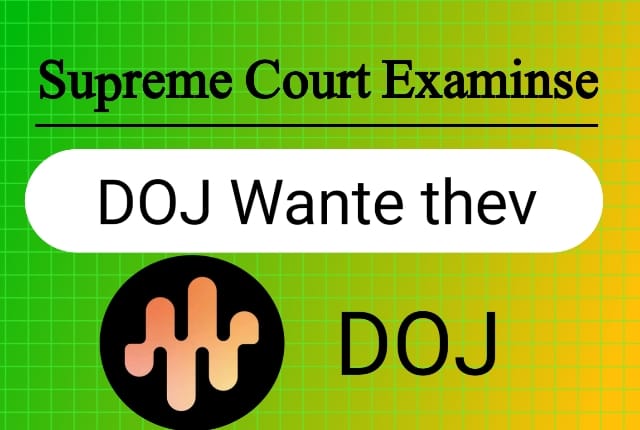On a bright Tuesday, picture people going to the nearby grocery store and youngsters getting snacks. Abruptly, a storm breaks out—one driven by hate and violence, not the kind Mother Nature creates. That was the case in Buffalo, New York, during the previous spring. A young man unleashed a horror in a supermarket after entering with racial notions in mind. Families were split apart, lives were destroyed, and an entire community was left in shock.
DOJ Wants the Buffalo Supermarket Shooter to Die
The Department of Justice (DOJ) has now made a significant move following months of inquiry and legal fighting. They want the death penalty, which is the harshest punishment possible. People are debating this choice, with strong views on both sides. So let’s dissect it and examine the issues involved, people.
Remember the victims first. That day, ten innocent persons who were simply going about their lives died. Mothers, fathers, grandparents, siblings – regular humans like you and me. Their loss leaves a huge void in their life, and the hurt never really goes away. Their right to justice must come first.
The question now is, should someone be executed? It’s a difficult one with no simple solution. Some people think that taking a life for a life is the only effective method to bring the gunman accountable. They contend that it provides the families with closure and makes it clear that hate-motivated violence of this kind will not be accepted.
However, some people are not so sure. They wonder if it’s ever acceptable to take another person’s life—even the life of someone who did such a horrible deed. They fear that errors could occur, that someone who is innocent could be unfairly convicted and given the death penalty. They also think that reconstruction and healing, not retaliation, are the paths to true justice.
The DOJ’s choice is not a temporary solution.
The beginning of an intricate and protracted legal process Judges will have to assess the available facts, take into account the arguments made by each party, and determine if the death penalty is appropriate in this particular situation.
Buffalo’s community is still picking up the pieces in the interim.
They are attempting to move on while paying respect to the victims and helping their families. However, that day left many profound wounds. Their anguish is compounded by the high stakes and divergent perspectives surrounding this case.
What then are our options?
We can follow the case with respect for the victims and all parties involved, and we can stay informed. We have the ability to connect with people impacted, provide assistance, and demonstrate the solidarity of their community. Most importantly, we have the ability to voice our opposition to hate and violence in both our personal and communal lives.
The tragedy of the Buffalo case serves as a sobering reminder of the evil that sometimes exists in people’s hearts. It’s also an opportunity for us to unite, to choose love over hate, and to create a future in which such tragedies are never repeated. That is the true fairness for which everyone of us need to aim.
